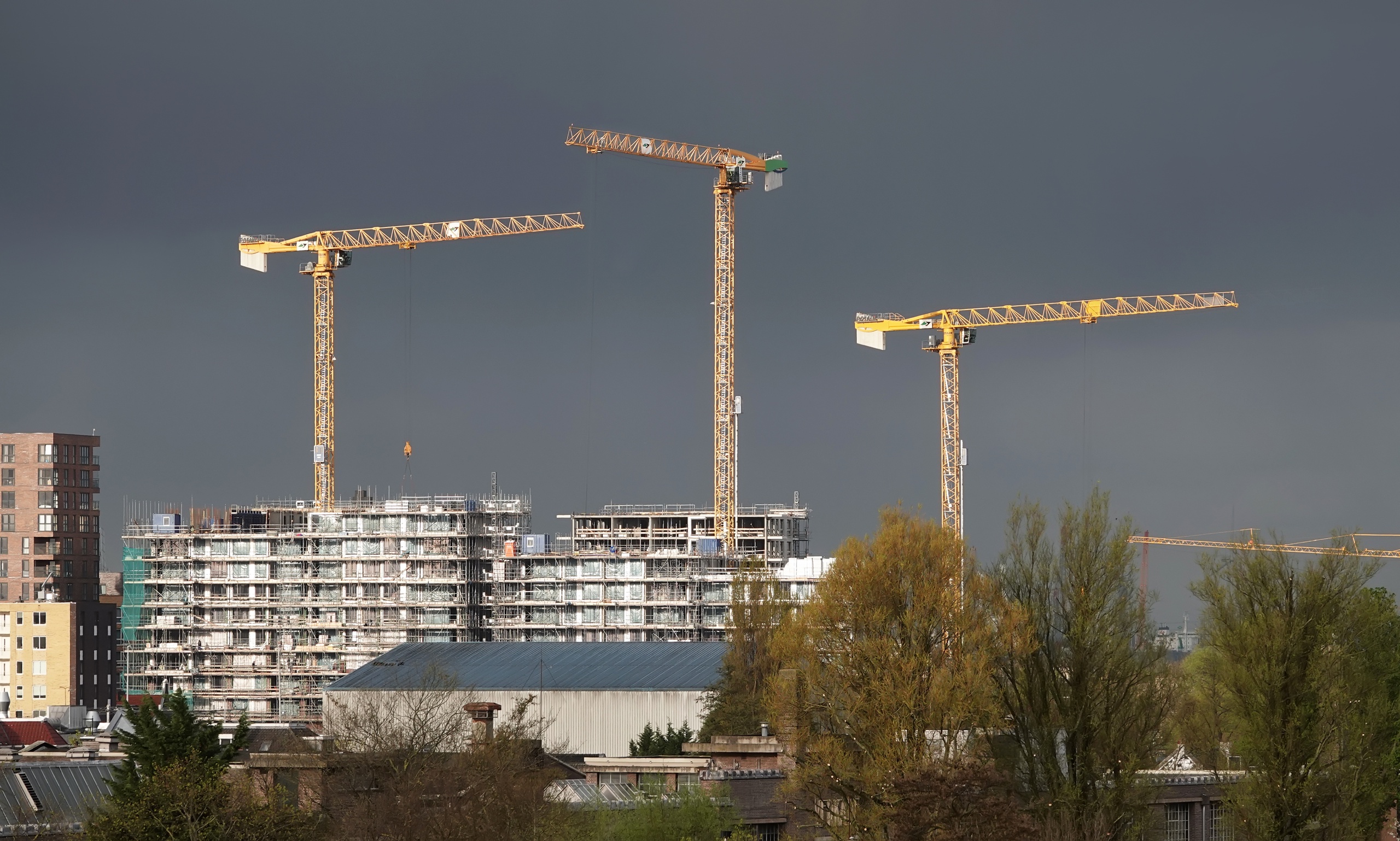The goal of housing minister Hugo de Jonge to have built 900,000 new homes by 2030 will not be achieved, according to chairman of the board of De Alliantie housing corporation Rob Haans. “It is a very justified goal of De Jonge, but if the pace continues like this it will not work,” says Haans.

According to De Jonge’s plans, two thirds of those 900,000 new homes must be affordable. The main focus is therefore on the construction of rental and owner-occupied homes in the middle segment and social housing. In addition, each municipality aims for a social rental share of 30 percent. ‘We will therefore have to build considerably,’ says Haans.
Abolished landlord levy still to be felt
‘Build, build, build’ is the credo that echoes from The Hague, but the practice turns out to be more unruly. According to Haans, this has a number of causes, almost all of which have the same basis: money. The goal is to build 25,000 homes per year. That was still possible eight to nine years ago, but then there was a complicated period with the landlord levy,’ explains Haans. ‘At the lowest point, only 13,000 homes were built per year. It’s not all because of the levy, but it’s an important part of the problem. If you have less cash flow, you won’t be able to borrow more in the long term.’
“There won’t be thousands of extra homes next year”
The landlord levy has been abolished since this year, but that does not mean that construction can immediately resume at full speed. ‘Now that the levy is off the table, you can see housing associations building more again. But there won’t be thousands of extra homes next year,’ says Haans. ‘We are going there, but in the Netherlands it takes about seven years to get from idea to realization of a house.’ The construction of 900,000 homes will therefore succeed, but according to Haans, this will not happen within the set time.
Inflation and rising interest rates
In addition to the landlord levy, rising interest rates are also throwing a spanner in the works. As a result, corporations can borrow less and build less. Inflation isn’t helping either. ‘As a result, people are more hesitant to invest,’ says Haans.
The housing association is hardly dependent on investments, but its commercial partners are. ‘We suffer from this in combined projects. We always try to combine social rental, middle sector and purchase. That’s how you get the best neighborhoods. Together with other market parties, you are responsible for the development of areas. Then we can speed up, but if other parties cannot do that, we will also be affected.’
Climate control
And the climate plans are also causing delays. ‘Before 2028, all E, F and G labels must be gone in our rental properties. All hands must be on deck for this,’ says Haans. ‘If you look at the interventions, we are still partly figuring out which ones to carry out. That has to do with the available facilities in the area, such as a heat network for example.’
Finally, there is still a lot to do about the regulations and income limits to qualify for a social rental home. ‘We have to deal with regulations with such tight income limits that we can barely get people into social housing. We will have to do a lot more to provide more people with a home in the social segment.’




